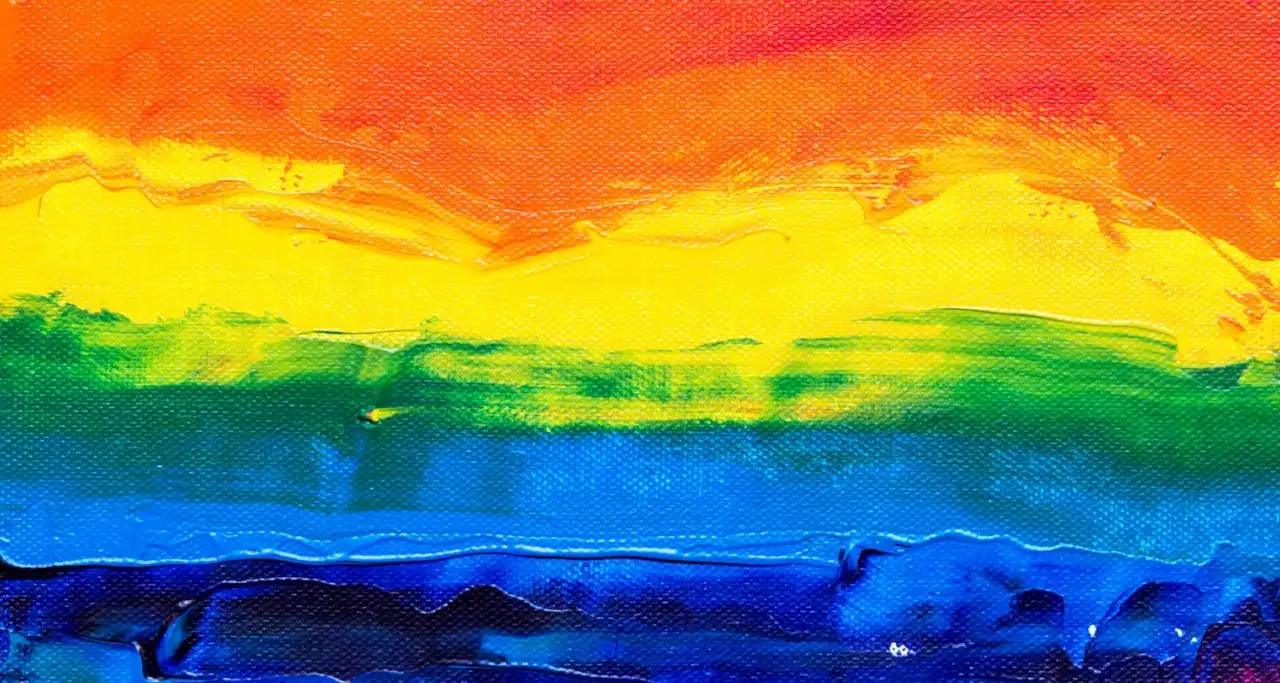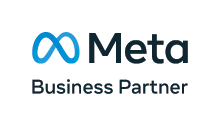As more and more brands seek to reach lucrative LGBT audiences, individuals are becoming conscious of the difference between genuine support and “Pride-washing”. The latter is seen as a largely negative phenomenon, and should be avoided. LGBT marketing specialists say that authentic support shines through brightest outside of Pride month.
Advertisers have found it progressively more difficult to target diverse audiences directly since 2019, when GDPR restrictions forced many advertising platforms to remove options that allowed brands to target individuals based on race and sexual orientation.
Here’s a handy guide to reaching LGBTQ+ audiences on the main advertising platforms:
Meta
A few years ago, you could target specific audiences based on sexual orientation, such as men interested in men. This type of targeting is now long gone, mostly due to privacy concerns, but also due to political instigators aiming to sow discord in Western countries by pushing both pro- and anti-LGBT rhetoric via the Facebook platform.
As a result, ads mentioning “LGBT” on Facebook, or targeting these audiences are likely to be flagged as being part of the “social” special category, which requires extra checks before running on the platform.
Most of the targeting on Meta to LGBT+ audiences is now done indirectly, focusing on lookalikes of existing audiences, for example. Given the wide reach of this platform, it is still likely to be a destination of choice, despite the targeting restrictions that are now present on both Facebook and Instagram.
Programmatic, Display and Apps
DV360 and other programmatic display platforms do allow publishers to focus on specific LGBTQ+ publications, along with third-party audiences of users interested in LGBTQ+ topics. These are generally worthwhile only at higher levels of spend, as larger budgets will give programmatic algorithms more time to hone-in on the audiences responding best to a particular ad.
Dating apps are another great way to reach LGBT audiences, with Grindr being the largest on the market. The app skews towards younger demographics, with 80% of the user base being under 35 years old…. though that stat might need to be to taken with a pinch of salt, as relying on users’ self-reported age on a dating app is far from an iron-clad stat! In terms of advertising, Grindr offers a self-service option for smaller budgets, allows geo-targeting, and has a range of ad formats to choose from (3 banner sizes + inbox messages).
Other popular gay dating apps offering advertising options are Scruff/Jackd (now owned by the same parent company) and Adam4Adam. However, those have more limited advertising options.
Finally, text-based dating app Lex is one to watch out for: it is very popular with lesbian audiences, though at the moment advertising has not yet launched on that platform.
TikTok
TikTok’s Creator Marketplace is a great way to reach LGBT audiences with different messages. Advertisers are particularly drawn to the possibility of using specific TikTokers to target minority-within-minority users, e.g. LGBT individuals of colour or with disabilities. As with all TikTok advertising, it is best if marketers aim for authenticity, rather than polished videos.
B2B companies can take advantage of some LGBT+ member groups, as well as targeting diversity-related HR jobs when advertising on LinkedIn. Care must be taken not to overstep the line, though, as any recruitment ads that come across as biased against or even for a specific minority can actually be illegal.
Google Ads
For LGBT charities, the Google Grants program is absolutely essential, as it allows those charities to be present on relevant search terms at no cost. While the allowance of free advertising is usually relatively high, only very relevant keywords to the charity are likely to show; anything with a commercial angle is likely to be crowded out.
Searches for LGBT-related topics are a great way for any business to reach interested audiences via Google Ads. There are few restrictions here, apart from the obvious, i.e. no hate speech and avoid falling into the trap of stereotypes.
Recently, Google has allowed a new label for business listings, called “Identify as LGBT+ owned” which can show on both Maps and Search in the USA. This is likely to be rolled out further worldwide over time. And business profiles can also label-themselves as ‘LGBTQ-friendly’ safe spaces in the UK.
While the steps above are a guide to finding the right outlet for your campaign, digital marketers will also need to spend time crafting the right message and building appropriate creative. In particular, successful marketers will want to avoid common creative pitfalls by being mindful of the following:
- Don’t rely on LGBTQ+ stereotypes
- Avoid “pink washing” or seeming overly corporate
- Represent the full breath of LGBTQ+ experiences
- And, most importantly, be authentic!
About the Author
Jérôme is the International Director at AccuraCast. A multilingual digital marketing specialist, with a very strong background in data and finance, Jérôme has previously worked at Euromoney and Geosys, where he did number-crunching for NASA.








